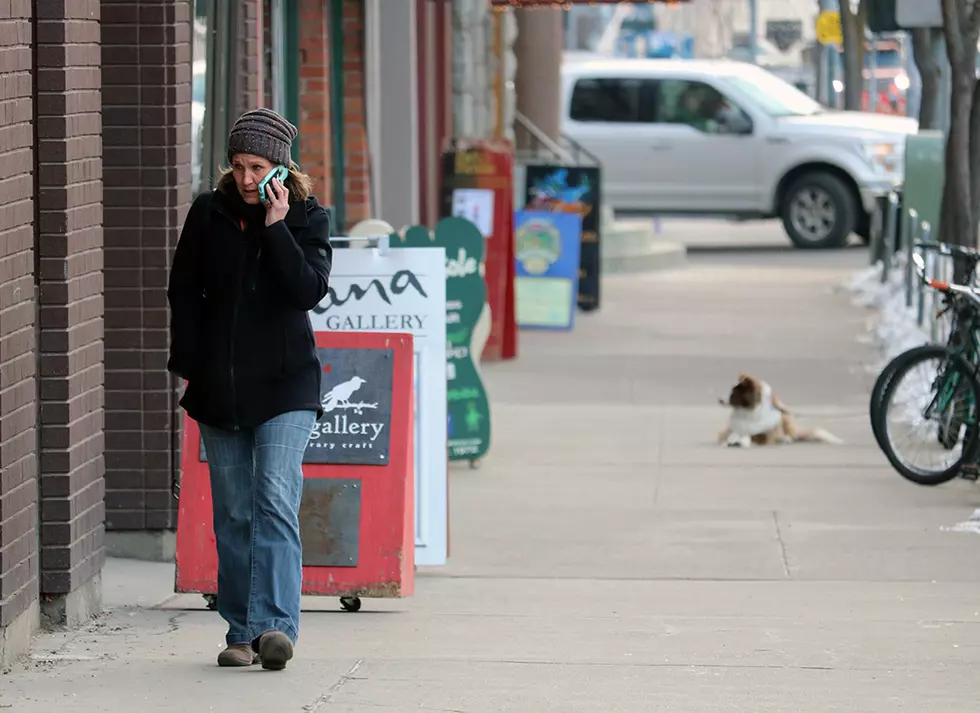
Montana’s pandemic-era economy takes a hit, shedding jobs and personal income
The Montana economy will lose an estimated 50,000 jobs over the course of 2020 while personal income will fall by $3.9 billion when compared to the end of last year – all at the hands of the COVID-19 pandemic.
The northwest region of the state, including Missoula, will suffer the greatest losses.
Patrick Barkey, director of the Bureau of Business and Economic Research at the University of Montana, released the latest projections on Tuesday, calling them unprecedented in the postwar period.
The economic losses stemming from the pandemic could take years to recover, according to "The Economic Impacts of COVID-19 in Montana."
“The COVID-19 pandemic has produced a recession that is more severe than anything Montana has experienced in the postwar period,” Barkey said. “We're experiencing something that's out of the norm for economic models.”
While calling the analysis preliminary and a moving target, the report projects an average employment decline in Montana of more than 50,000 jobs over 2020, or roughly 7.3 percent. Job losses will initially exceed that figure but slowly move toward recovery toward the end of the year, though that will take years to achieve.
Barkey said nearly every major industry in Montana will record lower employment this calendar year due to the economic contraction. But job losses will be most pronounced in lodging, food, retail and entertainment, among a handful of other industries.
Barkey believes the northwest region of the state will suffer the greatest losses, shedding more than 16,000 jobs for an 8.1% employment decline. That's due to the region's large number of jobs and the nature of those jobs, which are considered more vulnerable to the economic headwinds.
“Northwest loses more jobs because northwest has the highest employment total,” Barkey said. “But it also has to do with job mix, with the northwest and southwest having more tourist related activity, which is expected to bear a heavier blow in terms of personal consumption and the changing nature of the U.S. economy.”
The new projections suggest that the retraction came on quicker and will run deeper than the recession in 2008. That contraction also culled jobs and personal income, though Barkey said it won't compare to the anticipated losses in 2020.
“Our projection swings strongly upward beginning next year, with job gains in 2021 and 2022 taking the economy close to the level of employment that was projected at the end of last year,” he said. “But even with this pace of recovery, the COVID-19 pandemic results in a three-year period with a smaller economy than was forecasted only four months ago.”
The loss of personal income represents a considerable decline in spending power for Montana households. It could also spell bad news for state and local governments, which will likely see a significant erosion in tax base, Barkey said.
The model bears similar results on a national scale.
“This forecast shows a very large decline in 2020, and that decline in U.S. economic activity is deeper and faster than the Great Recession by several orders of magnitude,” he said. “This will be a very harsh recession, the deepest one we've seen since WWII in the national economy.
“The good news is – if there is good news – is that the rebound after the depths of the recession in 2020 is also expected to be pretty pronounced. The growth in the U.S. economy by 2022 gets us almost back to the growth trend before COVID was on our radar screen.”
